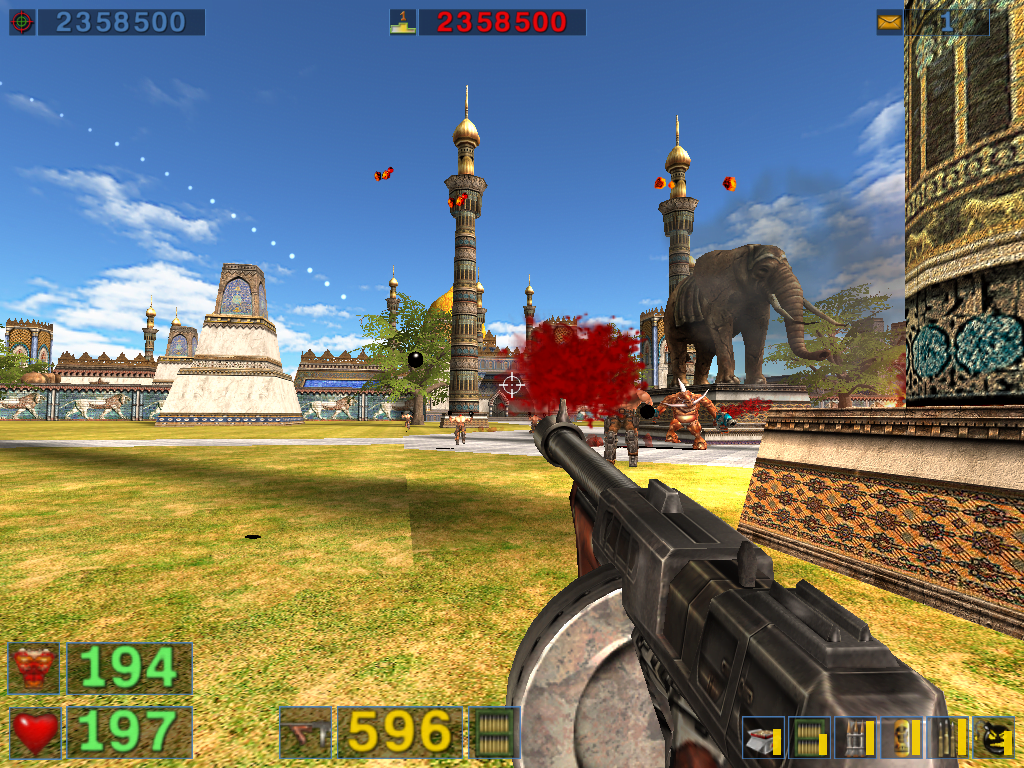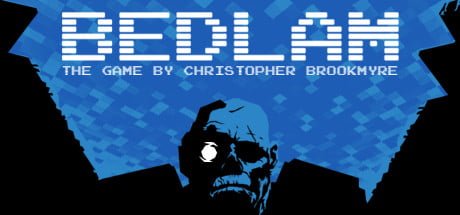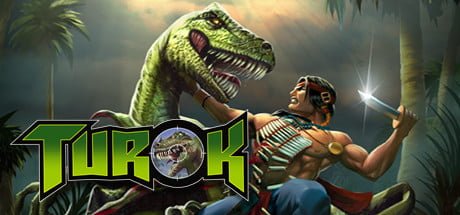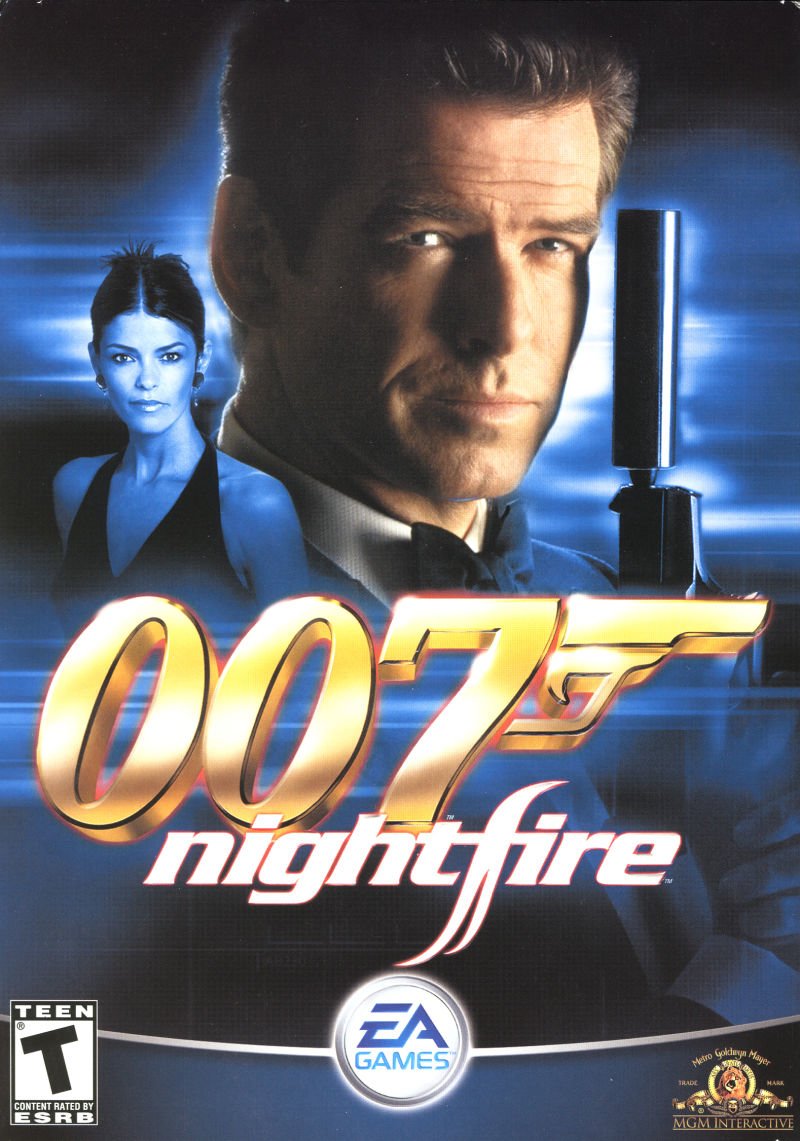“Best played co-operatively.” It’s something that’s fairly obvious for some games: Left 4 Dead, Payday 2, Killing Floor, the works. These are the kind of games that are built from the ground up to be played co-op with friends or random players, but can also be played by yourself if you want to. To me, the term also applies to games that have a single player campaign, but is infinitely more fun with a few friends. Like Sven Co-op is for Half-Life. That describes Serious Sam, the chaotic shooter series, to a T.

After realizing the “Decision Wheel” I made was leading to my own picks rather than unique or random ones, I abandoned the idea and replaced it with a simple queue system where friends and viewers could request games to be played on future streams. As I was asking for requests, my friend Cambertian on Twitter suggested this one for me to try, and it was quite the interesting pick.
I’ve played Serious Sam games in the past, where I tried to play through the classic games solo through the HD remasters, but I never got very far in them. I was more successful playing through them co-operatively with a few friends, where I played through The First Encounter HD, Serious Sam 2 and even part of Serious Sam 3: BFE. Sadly the group I had to play Serious Sam 2 and 3 were from separate communities, and we had a hard time matching our schedules enough so we could finish 3, since one of them was from the UK whereas the rest of us, including friend of the site Bobinator, were based in the US. One of these days I might replay 3: BFE solo, but we’re here to talk about the original games.

The Second Encounter is basically an expansion pack to 2001’s The First Encounter. It adds a few new enemies to its bestiary such as a pumpkinhead looking monster with a chainsaw, an Reptiloid Demon that throws homing fireballs, and even alien variants of the simpler headless foes of First Encounter. There’s a few new weapons in addition to the common arsenal of shotgun, tommy gun and rocket launchers, including the valuable sniper rifle – devastating against middle tier enemies – and the Serious Bomb, the game’s answer to the BFG.
There’s a few new locales like the jungle, some temples, even a snowy land, each area defining a certain episode of the game. These are much different than the aztec temples that are prevalent in First Encounter, and it brings a nice look to things.

Serious Sam is part of a genre I’d call “slaughter FPSes,” as they relate to the Doom community’s “slaughter map” design of straightforward levels and lots and enemies to kill. Many of the rooms in The Second Encounter throw loads of enemies in fairly open spaces, which isn’t particularly hard.
However, once I got partway into the second episode, the game starts ramping up the difficulty in an unfair way. They loved putting loads of Kleers – the skeleton monsters – in very cramped corridors, making it difficult to push through without getting stuck and repeatedly taking damage. The flamethrower was my best friend a lot in that section, as it killed them pretty fast.









